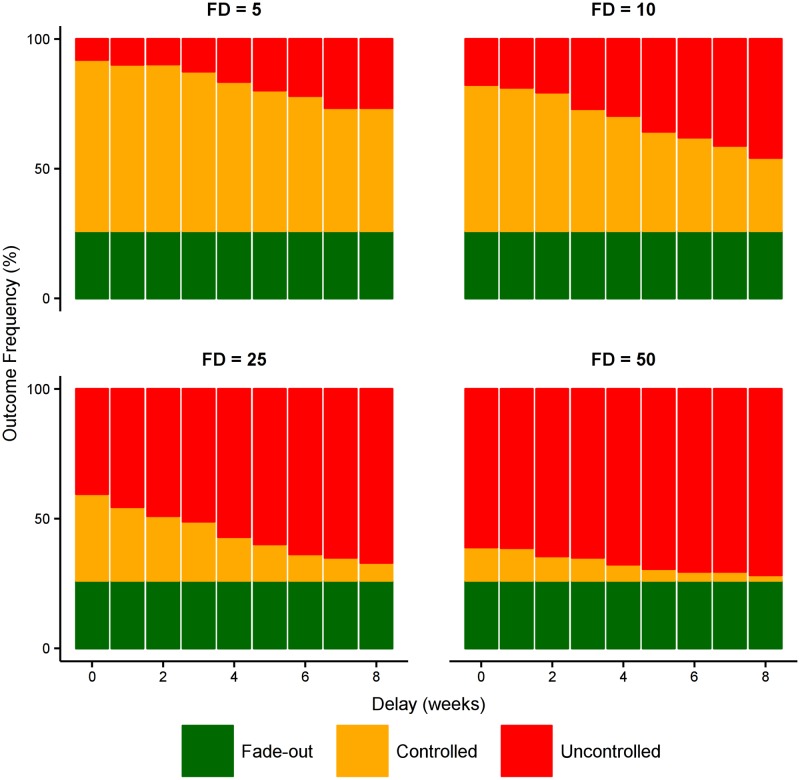Fig 8. Effect of reducing force of infection from dead bodies.
Starting with a baseline case ascertainment of 70% and a small health care system (0.1% of population are HCWs, 1:15 and 1:50 ratio of bed and contact-tracing capacities to HCWs, as above), this figure shows the effect of reducing the force of infection from dead bodies (βD) by 25%. This represents a sociocultural intervention that changes burial practices, as conducted in previous Ebola outbreaks and the temporary storage of dead bodies in the 2009 cholera outbreak in Papua New Guinea. Reducing the force of infection (whether directly or indirectly) will decrease the epidemic burden, but the likelihood of controlling the epidemic is strongly affected by the speed with which such an intervention can be delivered. Success requires both early detection and a rapid response from the community.

